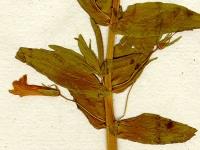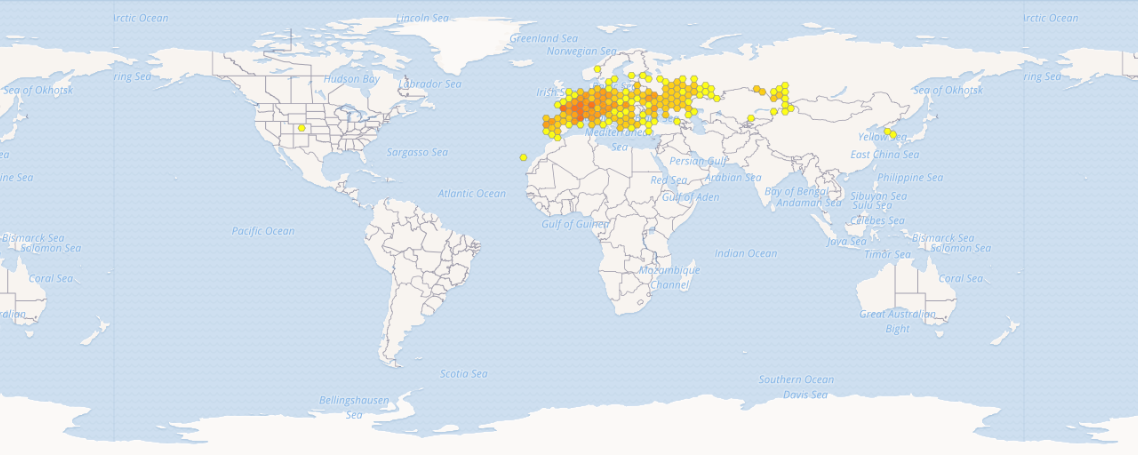<------------------CENTRA ORIZZONTALMENTE---------------- -->
<------------------CENTRA ORIZZONTALMENTE---------------- -->



|
| Scheda completa della pianta |
QUESTA SCHEDA È UNICA E ORIGINALE IN INTERNET aggiornamento del 11/09/2025 GRAZIOLA Gratiola officinalis L.

EFFICACIA NON UTILIZZABILE Noo |
|
| |||||||||||||||||||||||||||||||||||||||||||||||||||||
|




